Tobacco control advocates recently gathered for the 10th Conference of the Parties to the WHO Framework Convention on Tobacco Control (COP10) in Panama.
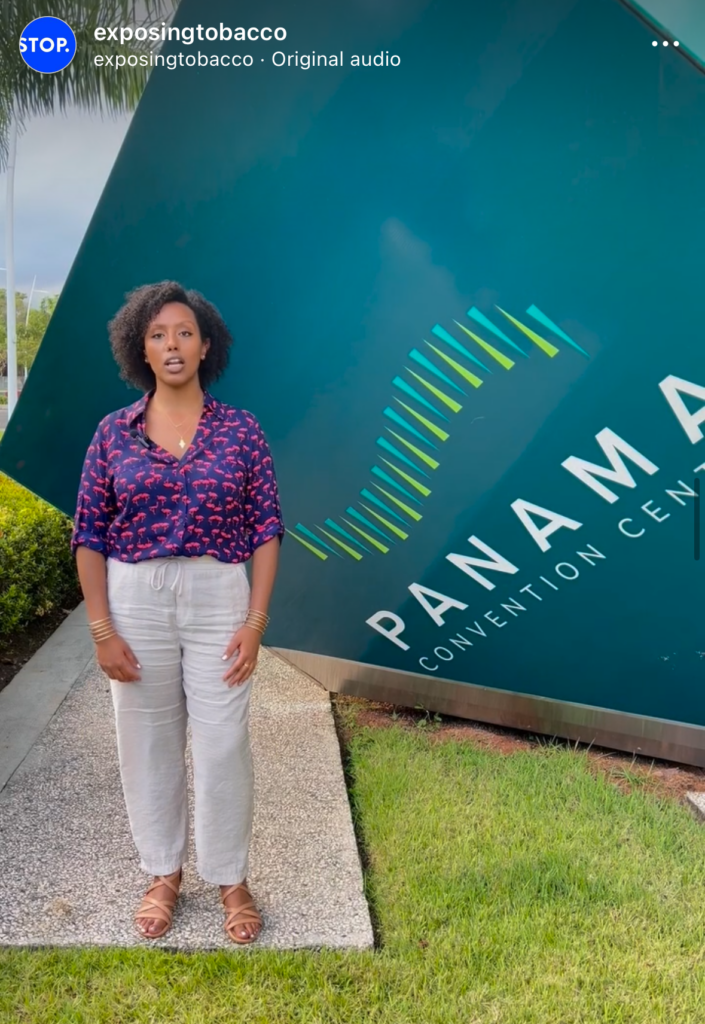
Tobacco use is the greatest single source of preventable death and disease in the world. This century, it could kill as many as 1 billion people.
We know that the MPOWER tobacco control measures—such as higher tobacco taxes, smoke-free laws, advertising restrictions and graphic pack warning labels—work well. But uneven implementation means the industry continues to peddle its deadly products, and addict the next generation.
The World Health Organization’s Framework Convention on Tobacco Control (WHO FCTC), the world’s first global health treaty, was adopted in 2003 in response to the global tobacco epidemic. Every two years, delegates gather for the FCTC Conference of the Parties (COP) to update the treaty and improve implementation.
Outcomes from COP10 in Panama
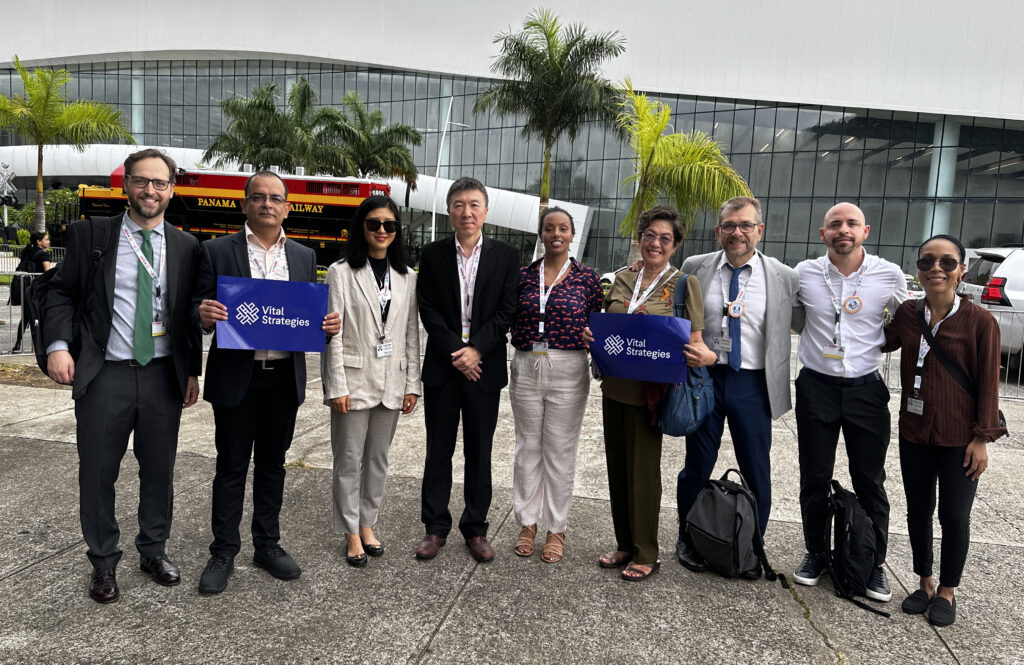
Delegates at COP10 adopted new provisions for Article 18, which urges governments to assess environmental impact across the entire tobacco production and consumption lifecycle and to strengthen national policies that protect the environment from tobacco.
This decision is particularly important in light of ongoing negotiations for a U.N. Treaty to End Plastic Pollution, which could include addressing the massive environmental toll of 4.5 trillion cigarettes discarded per year worldwide.
Another important decision strengthened Article 13, which adds new guidelines for governments to address tobacco advertising in digital and entertainment media. The guidelines aim to address the tobacco industry’s use of social media, streaming media, e-gaming and other digital media that are often not regulated by existing tobacco advertising bans.
The Next Frontier in Tobacco Marketing
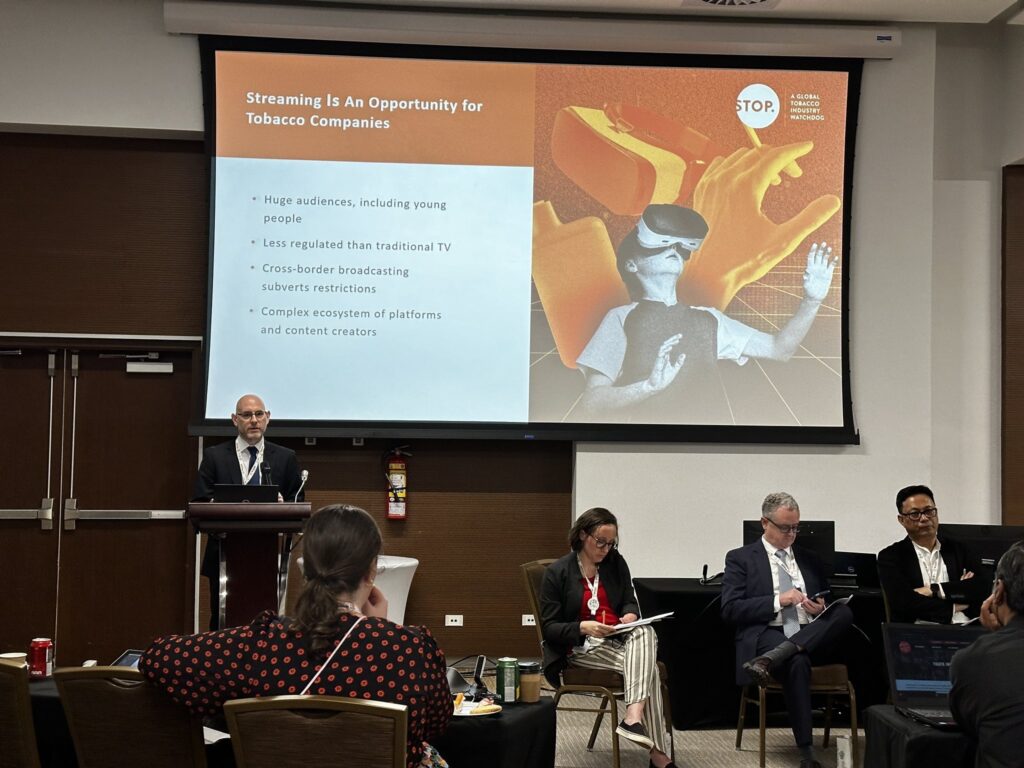
As many countries implement bans on tobacco advertising, the industry is turning to new channels to reach potential customers, including social media.
A new report from Vital Strategies’ Tobacco Enforcement and Reporting Movement (TERM) uncovers the tobacco marketing tactics that are moving beyond social media to include advergaming, online influencer promotions and the metaverse.
And this new blog from tobacco industry watchdog STOP, Digital Danger: How to Protect Young People From Online Tobacco Marketing, looks at how big tobacco is using social media to reach millions of teenagers online.
Making Tobacco Control Programs Sustainable
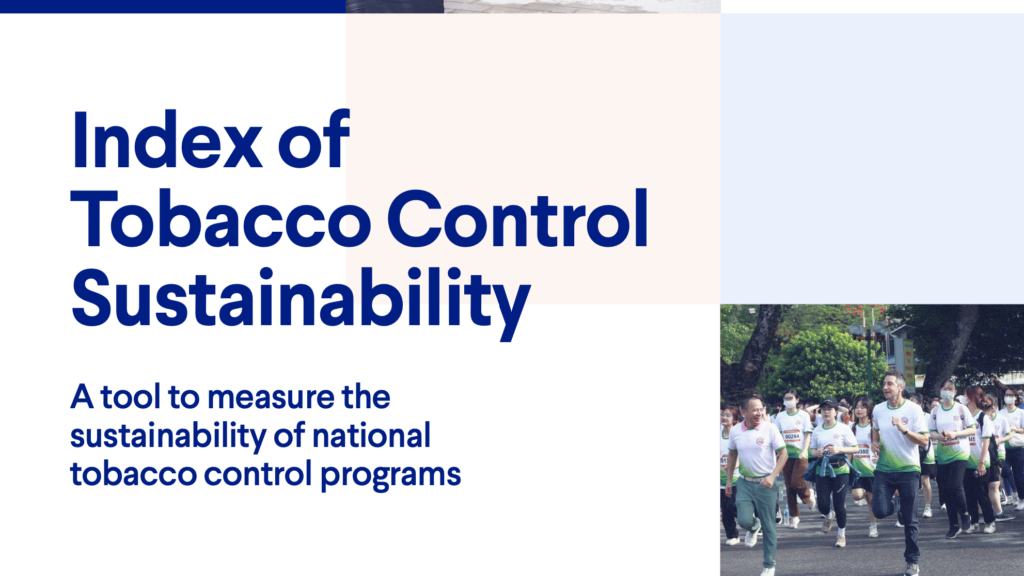
At COP10, we joined The International Union Against Tuberculosis and Lung Disease to release The Index of Tobacco Control Sustainability (ITCS), evaluating the long-term planning, resource commitments and enduring polices of national tobacco control programs in 31 countries.
The index offers countries individualized benchmarks to ensure the building blocks for tobacco control sustainability are in place. But its findings reveal that most countries are falling short.
Read highlights from the ITCS here and download the index and reports for each country here.
Tobacco Atlas—How Tobacco Destroys the Environment
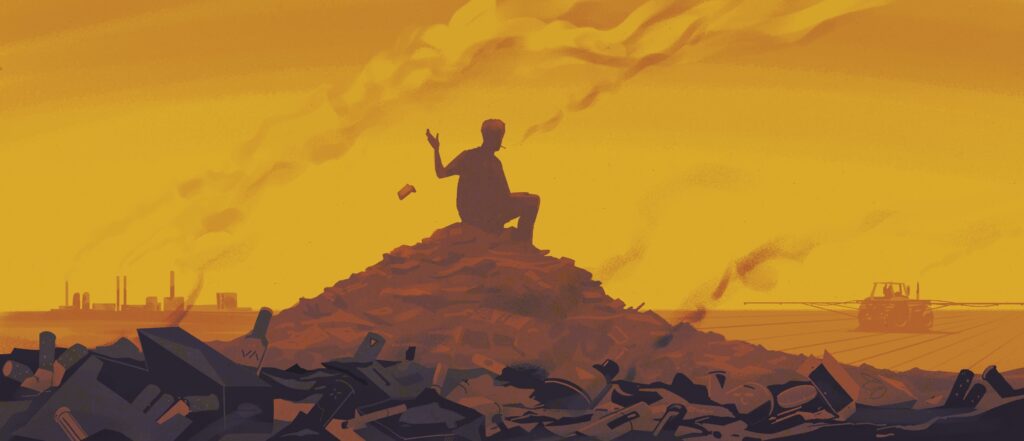
The immense environmental damage caused by tobacco products starts even before any user takes their first puff and continues long after they throw away their cigarette butt or used vape cartridge.
To lay out the full negative impact of tobacco on the environment, the Tobacco Atlas has published a new chapter revealing the devasting harms it causes across the lifecycle of production, consumption and disposal.
Read the new chapter: Tobacco and the Environment
Get Our Latest Public Health News
Join our email list and be the first to know about our public health news, publications and interviews with experts.
Resources
- The Tobacco Control program at Vital Strategies: The new program page on our website includes our latest resources, areas of focus and impact.
- Watch “Tobacco Slave,” a new film by award-winning director Roy Maconachie, the Tobacco Control Research Group at the University of Bath, and tobacco industry watchdog STOP.
- See our tobacco control campaigns: Since 2007, we have worked with 44 countries to deliver evidence-based, population-level campaigns and strengthen local capacity to communicate the deadly consequences of tobacco use.